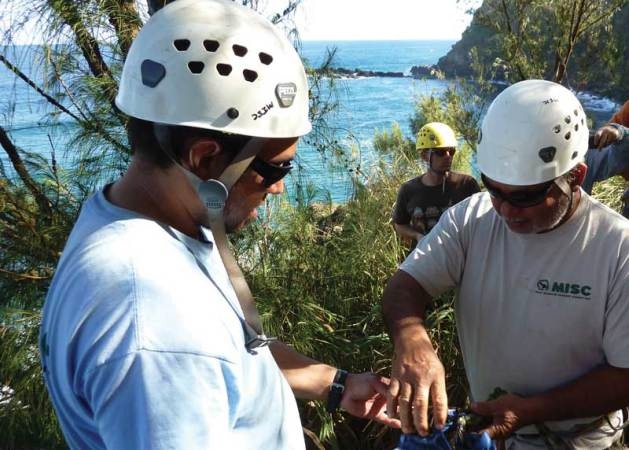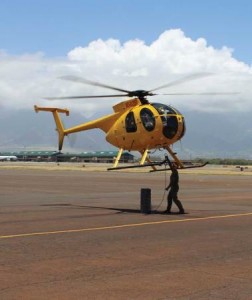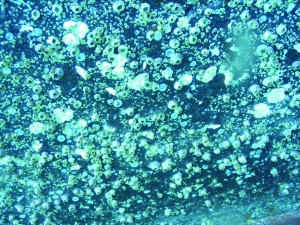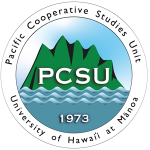Darryl “Kanamu” Tau‘a was an East Maui tour bus driver who lost his job during the decline in tourism post September 11, 2001. Imi Nelson, a recent Hāna High graduate, was looking for work that would keep him close to his family. That fall, in response to the economic downturn, the Hawai‘i state legislature appropriated $1.5 million to create an emergency environmental workforce that put 450 people back to work. Kanamu got a temporary job controlling miconia, a South American tree invading the East Maui watershed. Imi joined the dengue fever response crew, helping to eliminate the environmental conditions that foster disease-spreading mosquitoes. Later, when the Maui Invasive Species Committee (MISC) had openings on its Hāna miconia control crew, both Kanamu and Imi had the necessary field experience. They landed permanent jobs—hard to come by in rural Hāna.

Conservation means jobs and those jobs mean new skills. Kona Ball and Darrell Aquino of MISC prepare to rappel down a cliff while Robert Vincent of East Maui Watershed Partnership looks on.
Conservation means boots on the ground and fingers on the keyboard. In Hawai‘i, it means jobs for thousands of people throughout the state, from Hāna to Honolulu, Hilo to Hanalei. Local suppliers and contractors provide goods and services for conservation projects, further multiplying the benefits of dollars spent. Natural resource work in Hawai‘i brings an estimated $456.6 million to the economy as wages, goods, and services, according to a report on the Green Industry from the University of Hawai‘i Economic Research Organization. Funding comes from a variety of federal, state, county, and private sources, with the bulk spent employing an estimated 3,275 people working in the field or office. In addition to wages, these jobs as technicians, researchers, hunters, construction workers, data managers, grant writers and accountants, educators, and managers often provide extensive training and skill-set development opportunities.
University research highlights other economic benefits of conservation work, which protects our water supply, food, beaches and reefs, and makes Hawai‘i a great place to live and visit. Natural resource management safeguards more than just native birds, plants, and insects. Almost all of the water Maui County uses is captured from rainfall, and a healthy watershed is key to maintaining adequate and safe water supplies. Economists estimate that if the Ko‘olau watershed on O‘ahu was rendered unusable and no longer contributing to the aquifer, the loss would be between $4.57 and $8.52 million.

A conservation worker learning to attach an external load to a helicopter.
Conservation jobs have been somewhat insulated from the turmoil of employment in the tourism sector. Despite a decline in state job growth of 1 percent over the last five years, jobs in natural resources have increased 1.5 percent. People working in natural resources think that jobs will increase modestly, an opinion likely shaped by concerns about the current state of the economy. In Hawai‘i, where we rely on the environment for so many things, there is plenty of work to be done. Approximately 800,000 acres across the main Hawaiian Islands are in some kind of active conservation management, though there are an estimated 1,900,000 acres of healthy native ecosystem needing protection.
Nelson and Tau‘a continue to live in a rural community, in part because they have jobs in conservation and have learned skills during their employment. Investments spent protecting our environment translate into jobs today and healthy resources for future generations. To find out more about green industry in Hawai‘i check out the Green Growth Report by the University of Hawai‘i Economic Research Organization online at www.uhero.hawaii.edu.
By Lissa Fox Strohecker. Originally published in the Maui News, Feburary 10th, 2013 as part of the Kia‘i Moku Column from the Maui Invasive Species Committee.





